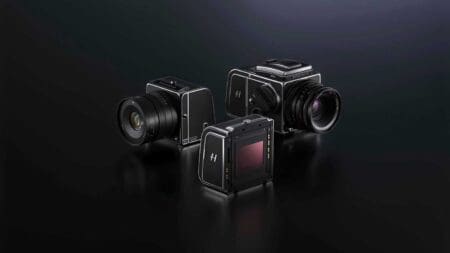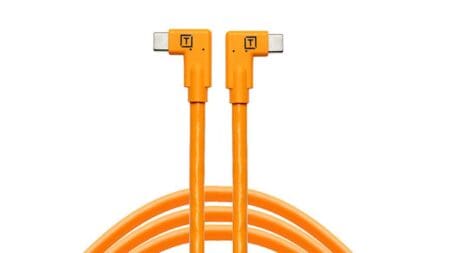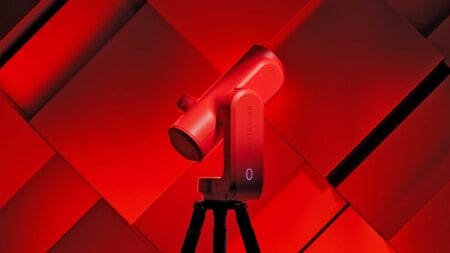Before image stabilisation came along there was a simple rule to calculate the safe shutter speed you should use. By safe, I mean the shutter speed that avoids camera shake from spoiling your images.
That rule is to use the reciprocal of the lens focal length as shutter speed. In other words, 1 second divided by the focal length. If, for example, you are using a 100mm lens, you should use a shutter speed of at least 1/100sec. And if you switched to a 300mm focal length, you should use at least 1/300sec
Digital photography confused this rule a bit because you need to use the effective focal length to calculate the safe speed. This means you need to know your camera’s focal length magnification factor. With most APS-C format cameras it’s 1.5x and with Micro Four Thirds models it’s 2x.
So, taking the 100mm lens example, that effectively becomes a 150mm lens on an APS-C format camera and a 200mm lens on a Micro Four Thirds model. That makes the minimum safe shutter speed 1/150sec and 1/300sec respectively. Meanwhile, a 300mm lens would need a shutter speed of 1/450sec and 1/600sec respectively.

Image stabilisation
Image stabilisation systems first began to appear in the days of film photography. It began with stabilisation elements in some lenses. These elements move to compensate for accidental camera movements and enable shutter speeds slower than normal to be used when handholding the camera.
Some digital cameras now have in-body image stabilisation (IBIS). These mechanisms shift the sensor to compensate for involuntary camera movements.
And the latest development in image stabilisation (IS) for cameras to use a hybrid system that combines lens and sensor-based stabilisation. These offer the best of both worlds. Lens-based stabilisation is particularly useful with long telephoto lenses, for example, which tend to make low-frequency movements. Meanwhile, IBIS can offer 5-axis stabilisation and is very effective with high-frequency shake.
Manufacturers claim all sorts of compensation values for the IS systems, but these are calculated in a lab. And some people are better at holding a camera steady than others. So while one person may get a sharp image at 1/8sec another may need to use 1/15sec. And you need to factor in how much coffee you’ve drunk.
How to find your safe shutter speed
It’s easy to find the right shutter speed to use with any of your lenses, but you need to put aside a bit of time to do some testing. And you need to do the tests for every lens and camera combination you have. If you’re using a zoom lens, it’s a good idea to perform the test at every focal length in the zoom range, or at least at the longest and shortest points. Here’s what you need to do:
- Set your camera to shutter priority mode and set a shutter speed that is 1sec divided by the focal length.
- Make sure the IS is on.
- Focus the lens on a subject with some nice clear detail. A sheet of newspaper Blu Tacked to a wall can work well.
- Hold the camera as steady as you can and shoot 10 images.
- Reduce the exposure speed by 1/3Ev and shoot 10 more images.
- Continue to reduce the exposure and shoot 10 images until it’s obvious that all the images are badly blurred.
- Download all the images to your computer and open them in batches of 10, starting with the fastest shutter speed shots.
- Zoom in to 100% and check if they are sharp. The first batch should all be sharp.
- Keep checking the images until you find the slowest shutter speed at which you got all 10 sharp. This is your safe shutter speed.
- Continue to check until you find the shutter speed at which 5 of the 10 sharp. This is the limit of your safe shutter speed. Now you know if you use this shutter speed with your selected lens and focal length, you need to shoot at least 2 images to get a sharp result.
Which Camera has the Best Image Stabilisation?
If you’re looking to get the best image stabilisation, look no further than the Olympus OM-D E-M1X. It holds the record for the highest claimed shutter speed compensation at 7.5Ev with the M.Zuiko Digital ED 12-100mm F4.0 IS PRO lens at a focal length of 100mm (35mm equivalent: 200mm).
And it’s not just good with stills, enabling handheld images with 3sec exposures. It also results in wonderfully smooth video.
Check the price of the Olympus OM-D E-M1X at Amazon UK, Amazon.com, Wex Photo Video, Park Cameras, Adorama, BH Photo Video.
However, the OM-D E-M1X is a double-gripped camera. That means it’s large. It’s also pretty pricy – but it does have some very clever features that make it well worth checking out.
If you’re after something a bit smaller and more affordable, take a look at the Olympus OM-D E-M1 Mark II. This sits alongside the E-M1X in Olympus’s range, and it uses the same 20Mp Four Thirds type sensor, but it’s much smaller, lighter and more affordable.
And sticking with the subject of image stabilisation, it has a fantastic hybrid IS system. It’s also a 5-axis system and is claimed to offer 6.5Ev of shutter speed compensation.
I’ve captured sharp images at the 100mm end of the 12-100mm f/4 lens with a shutter speed of 1/2sec. And at the 12mm I have had consistently sharp images with 2 and 3-second exposures.
That’s was employing all my steady-shooting skills, but it’s still very impressive. It’s just as good with video, turning unwatchable footage into smooth footage.
Check the price of the Olympus OM-D E-M1 II at Amazon UK, Amazon.com, Wex Photo Video, Park Cameras, Adorama, BH Photo Video.



